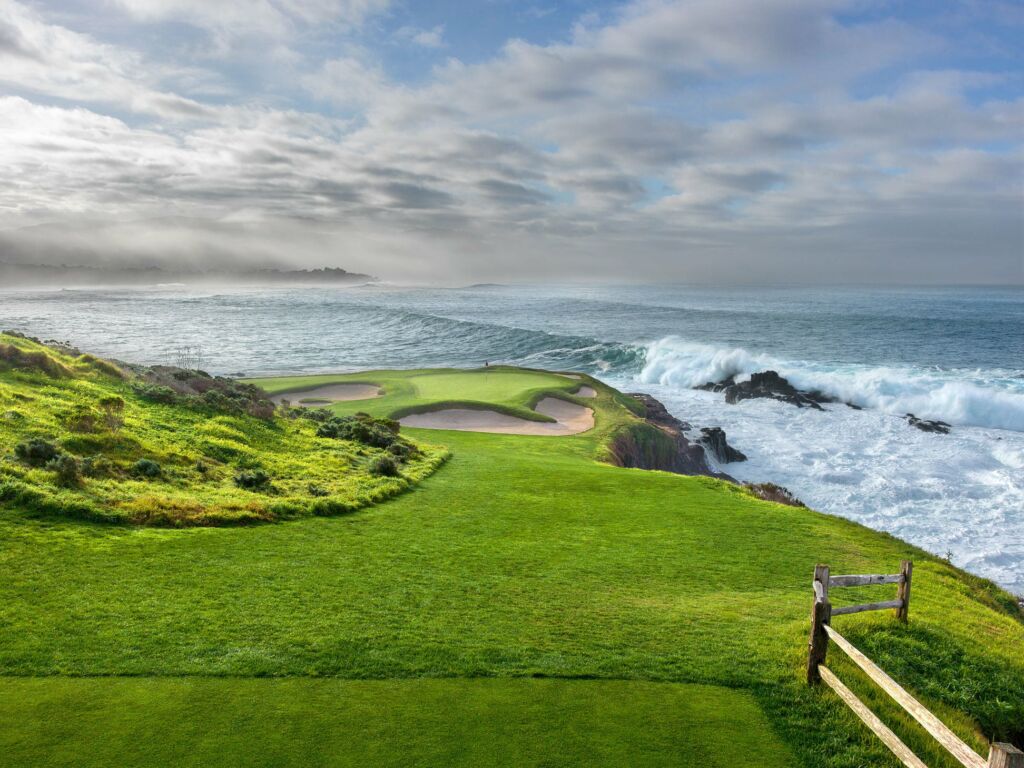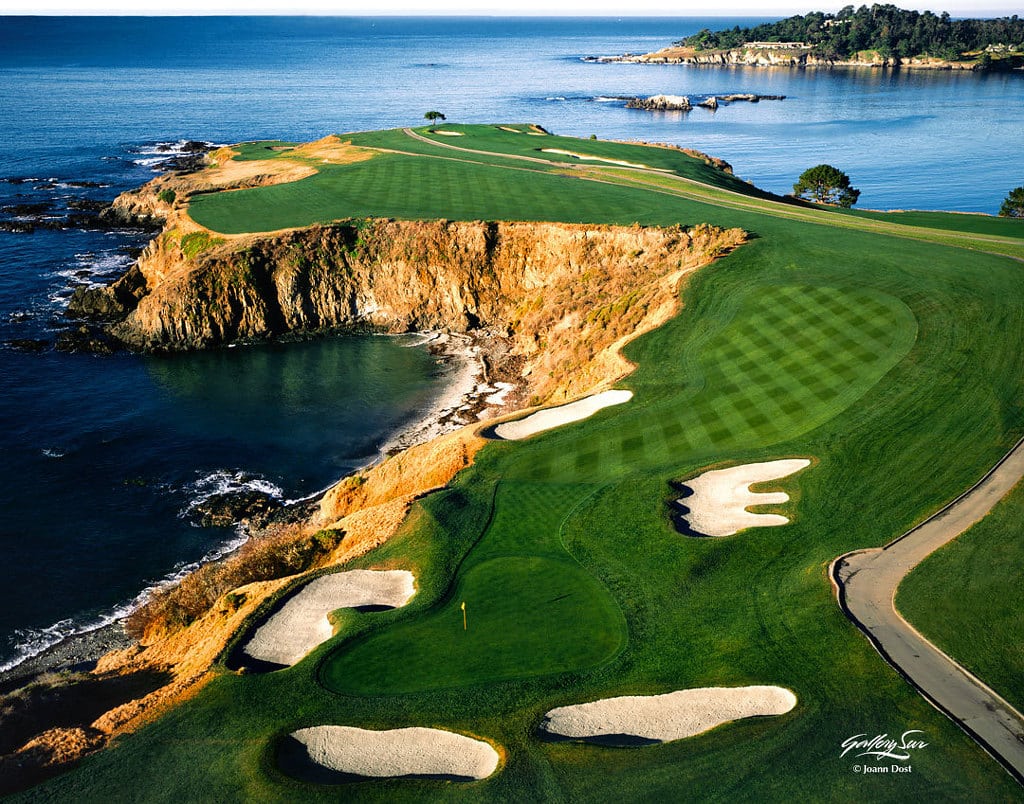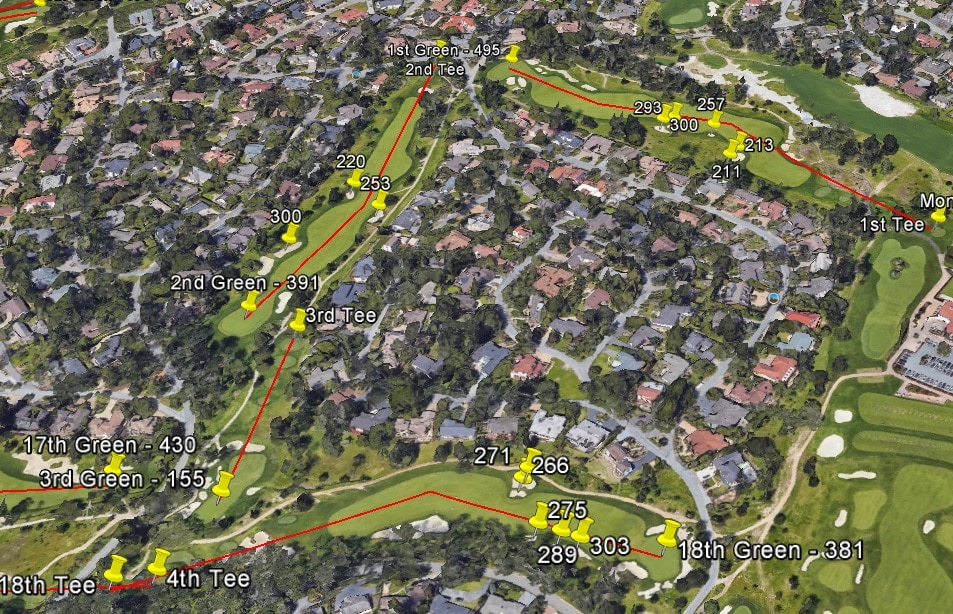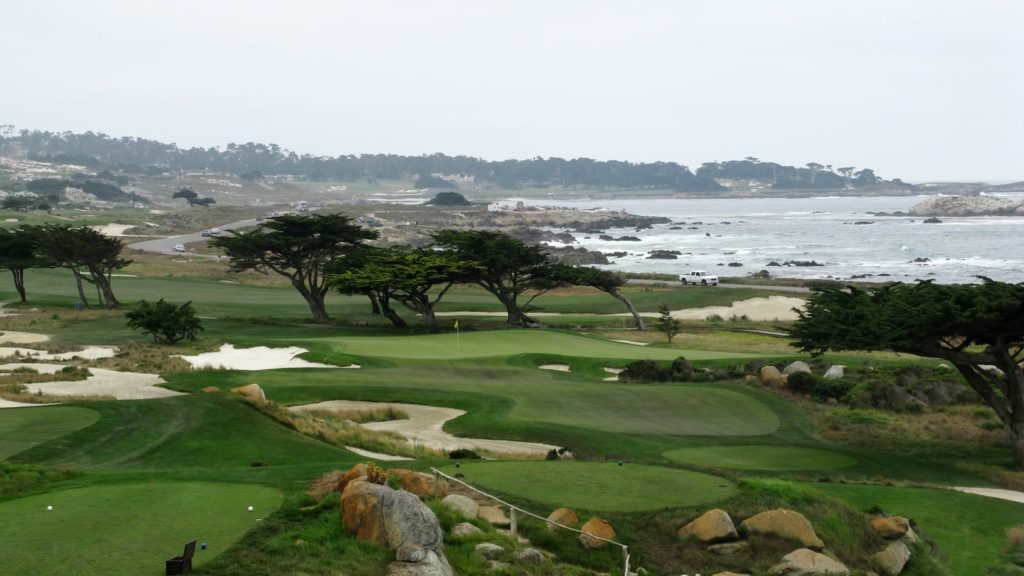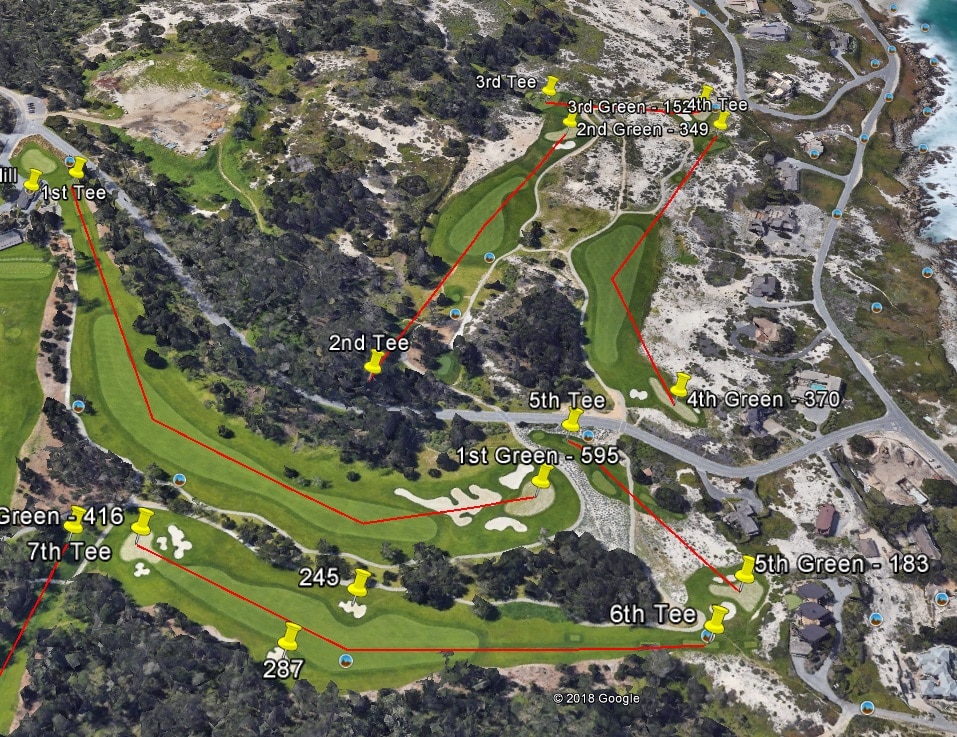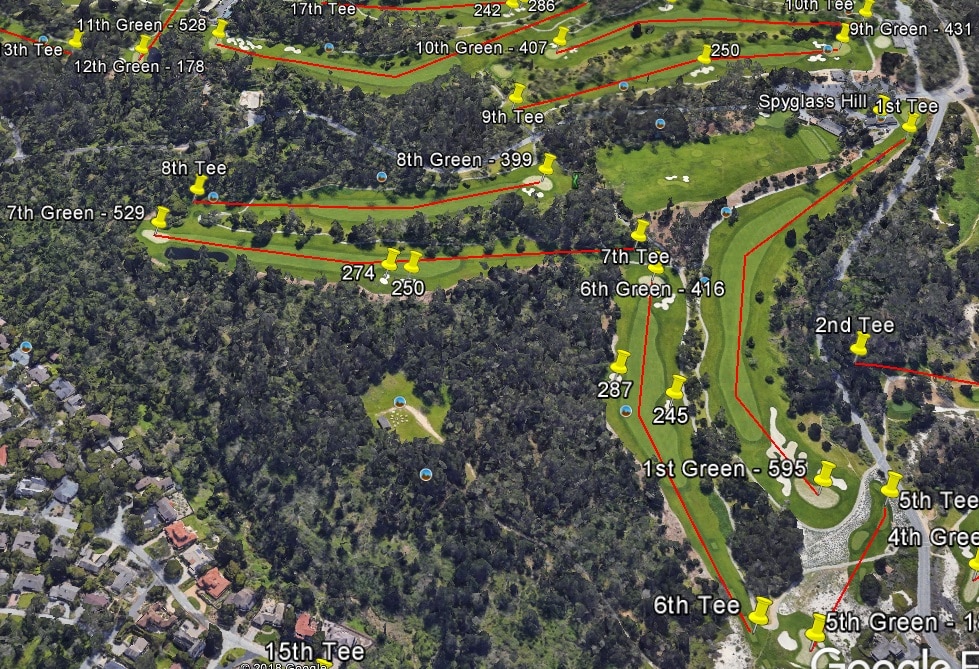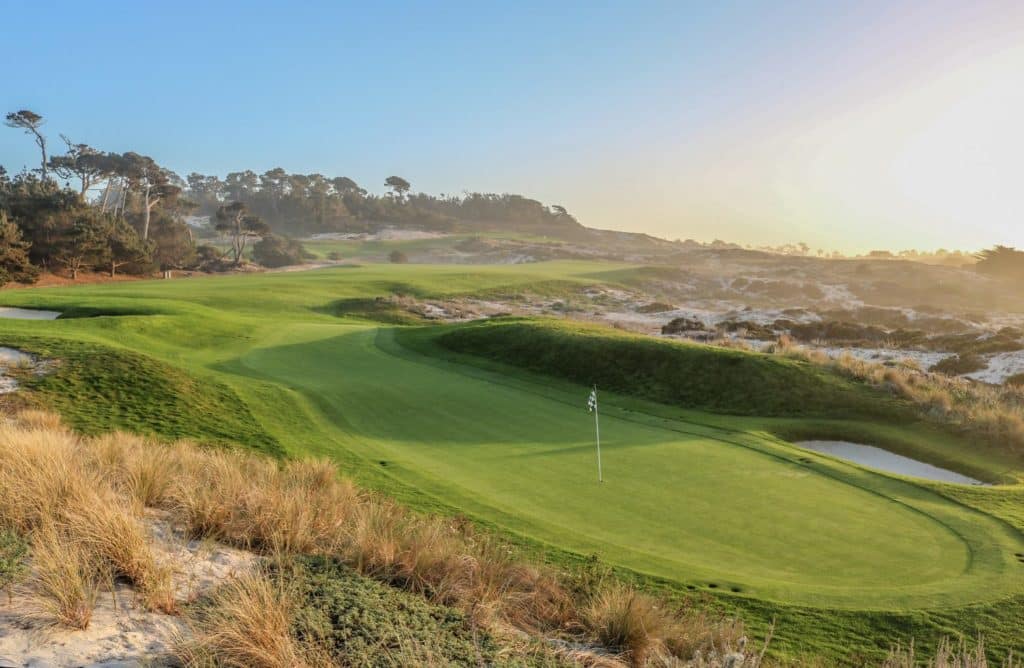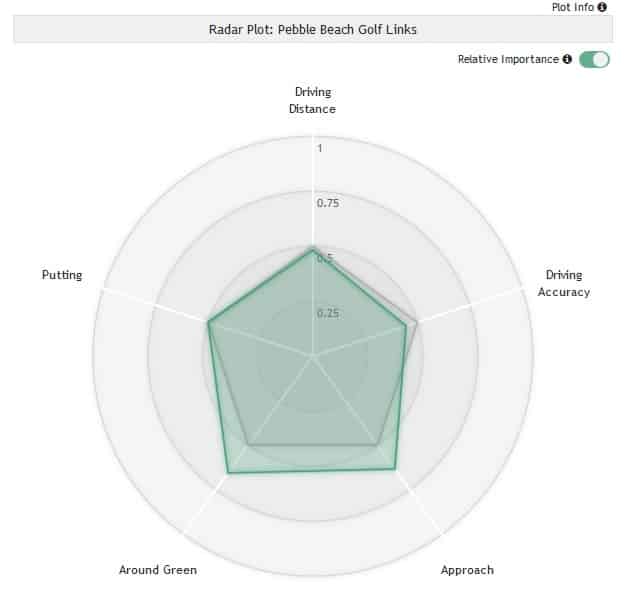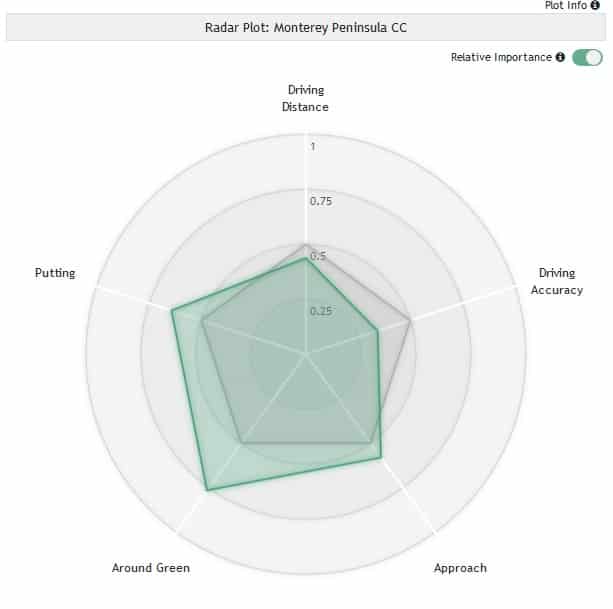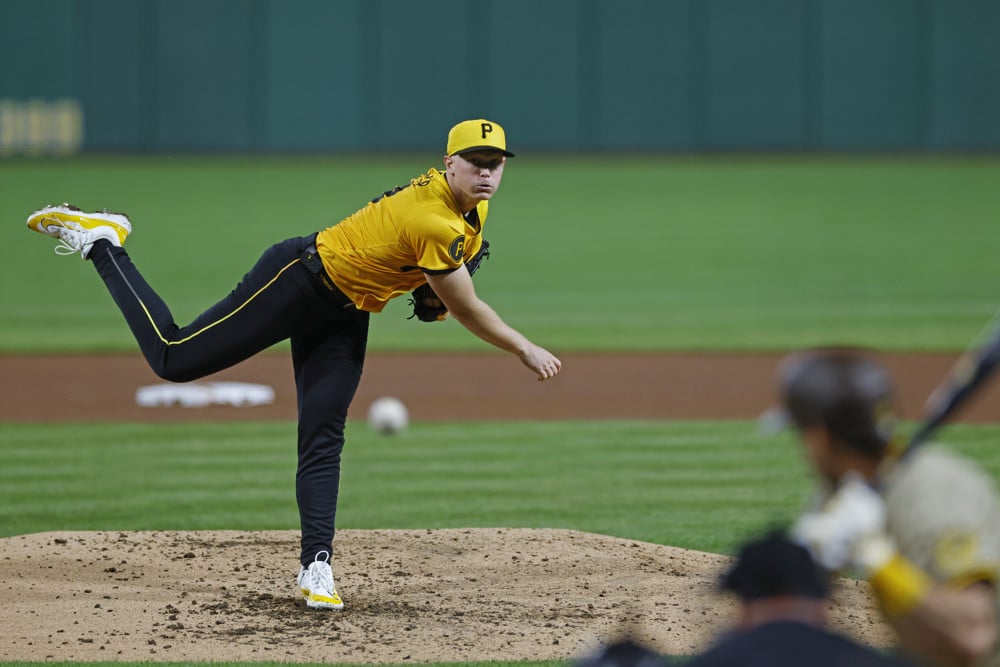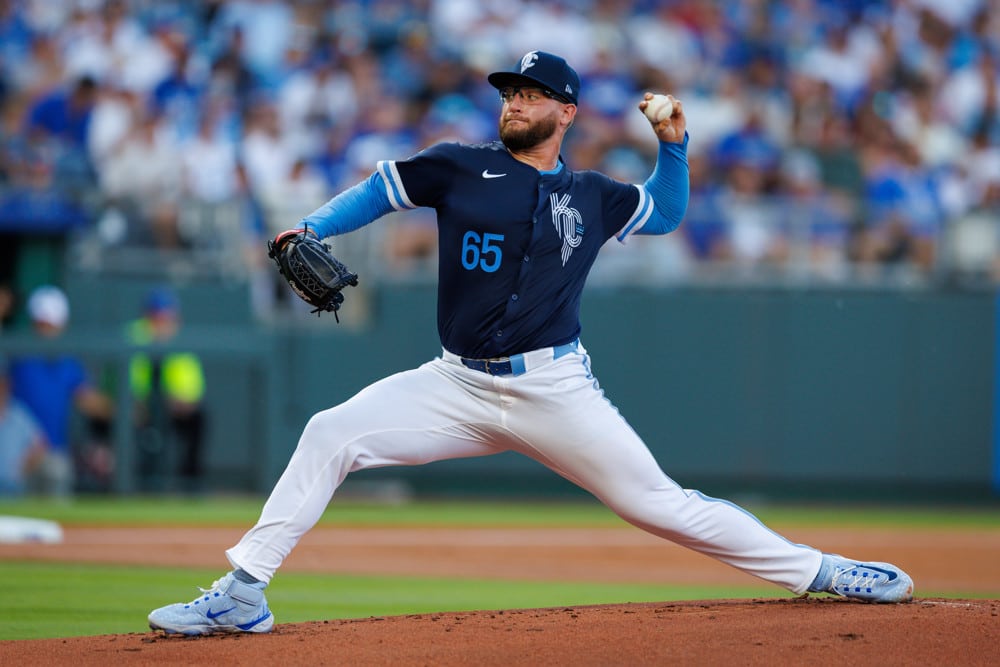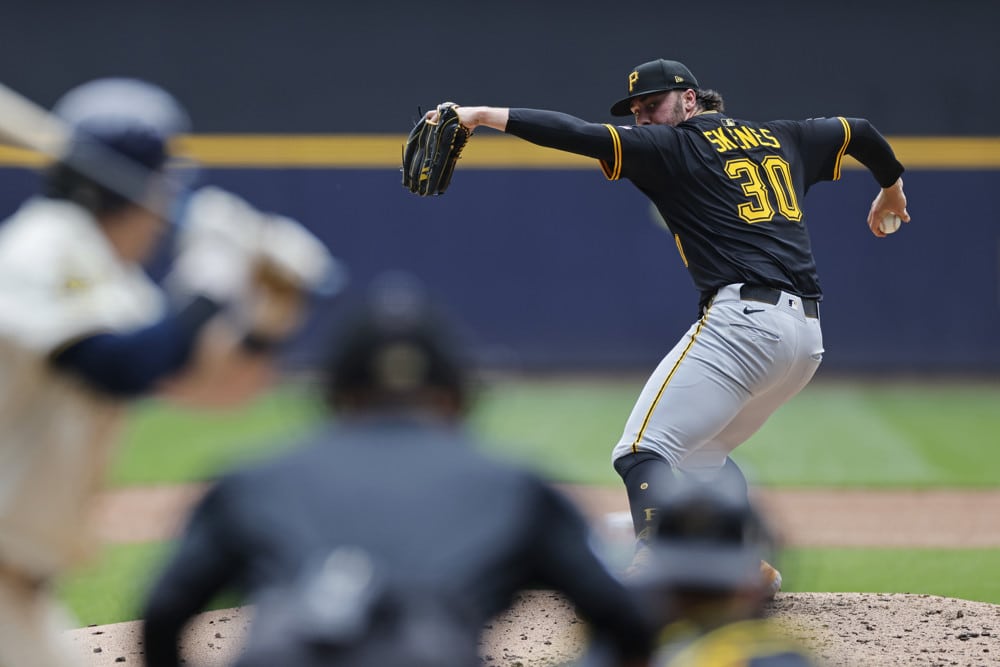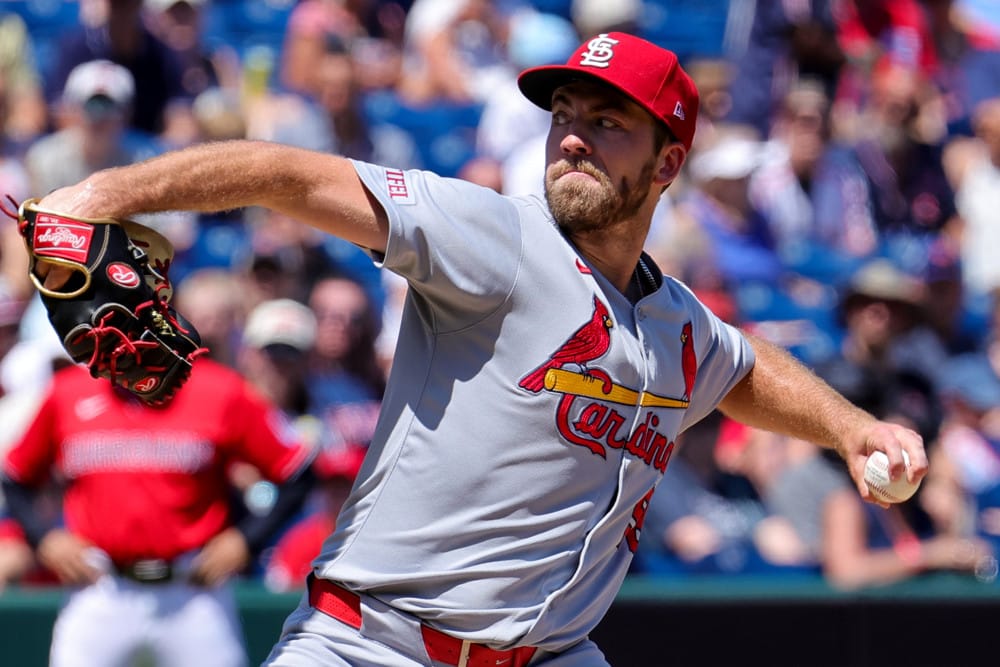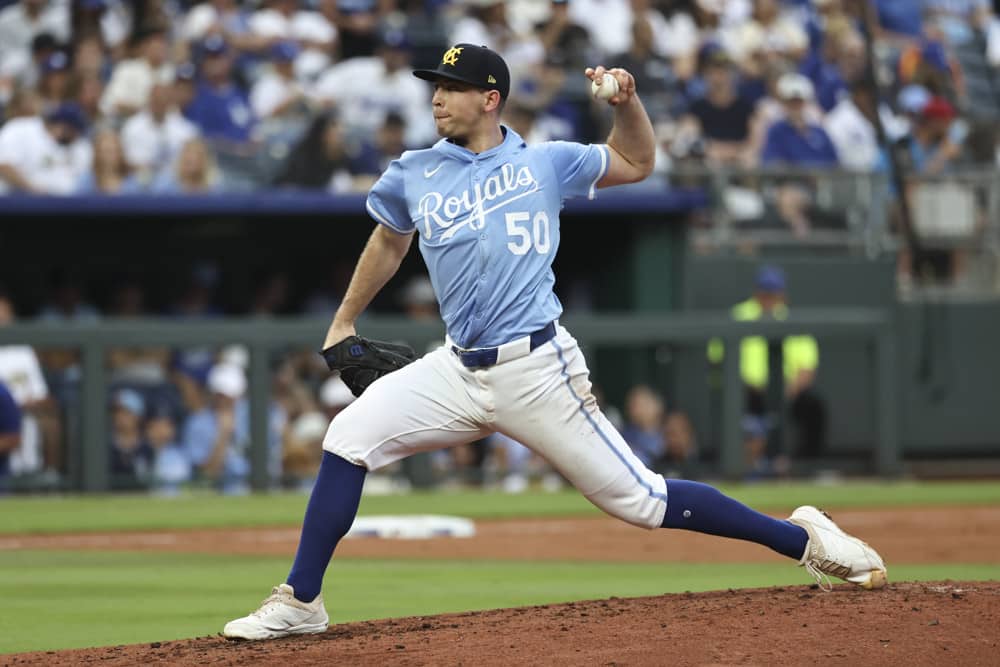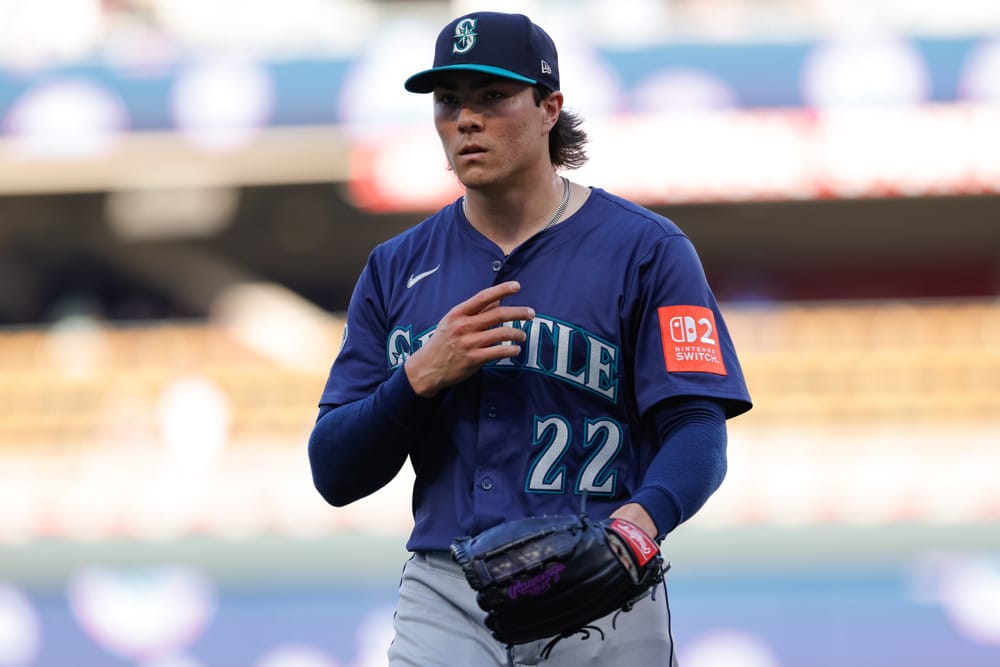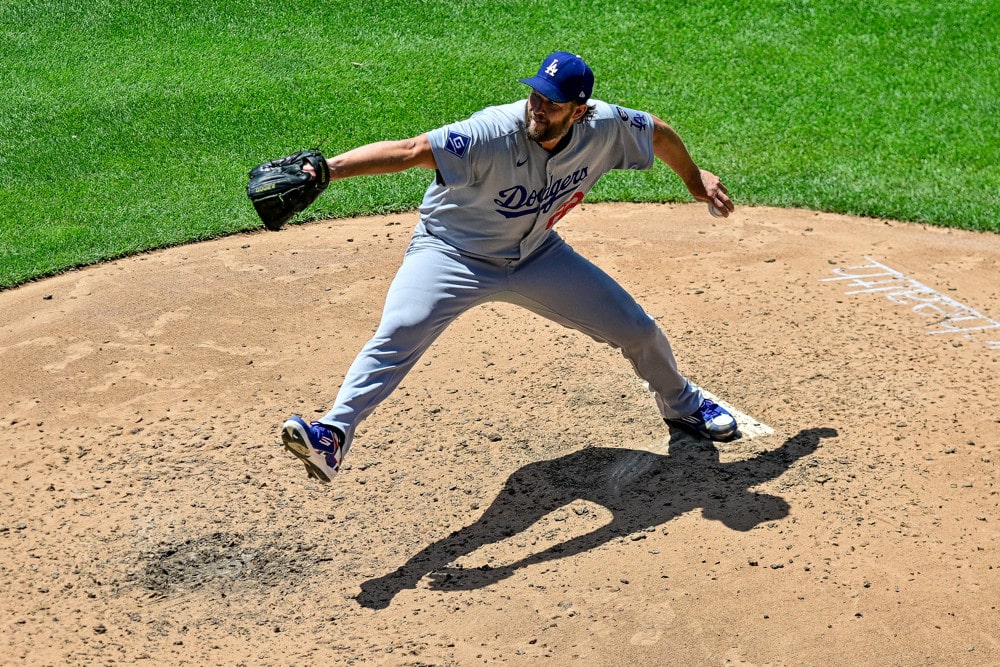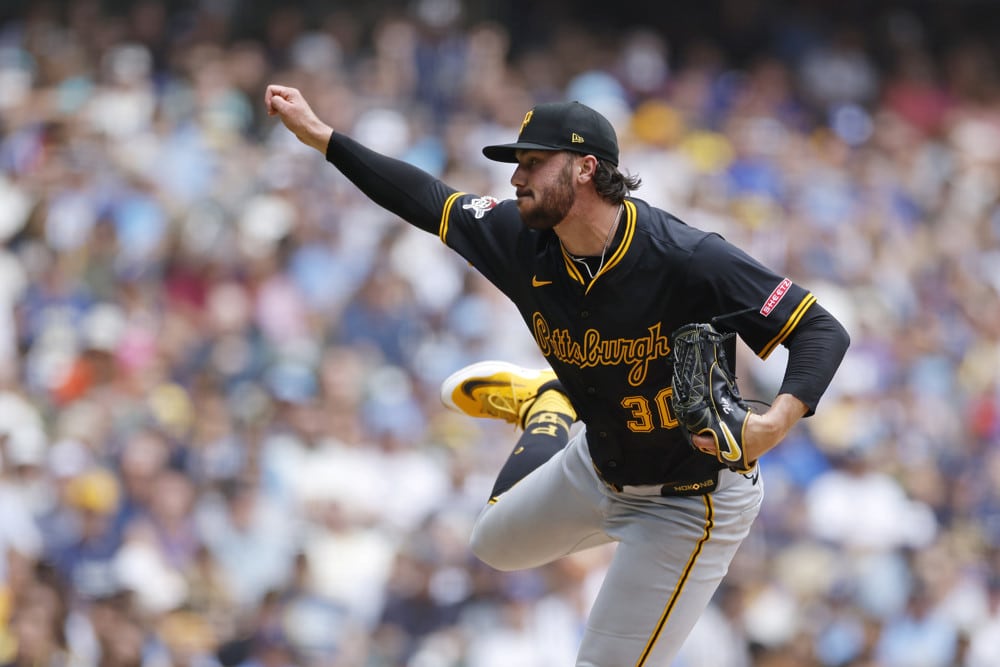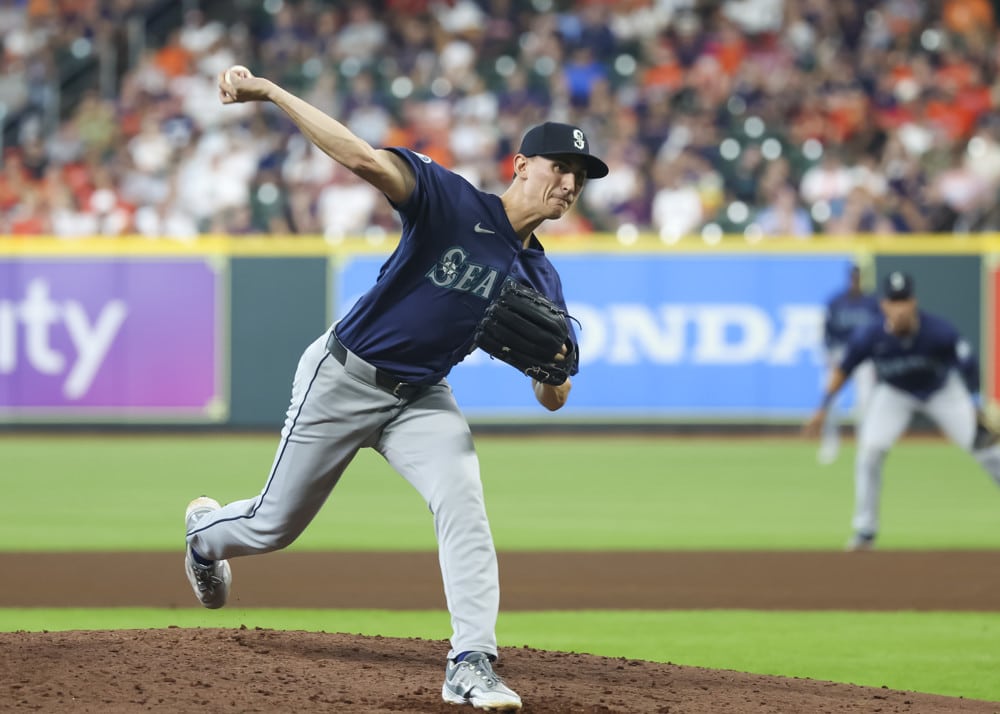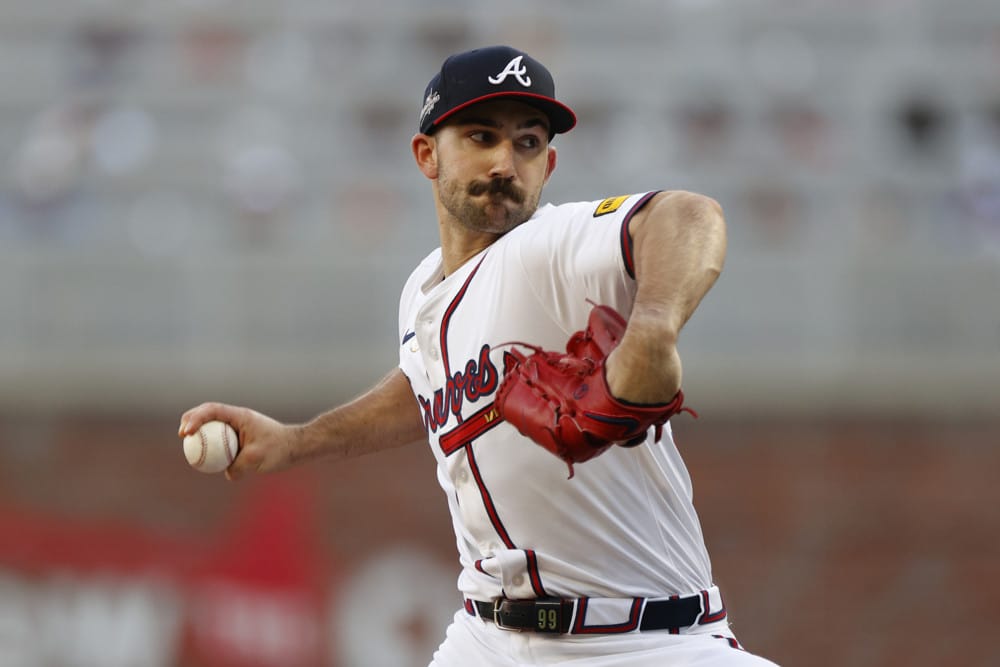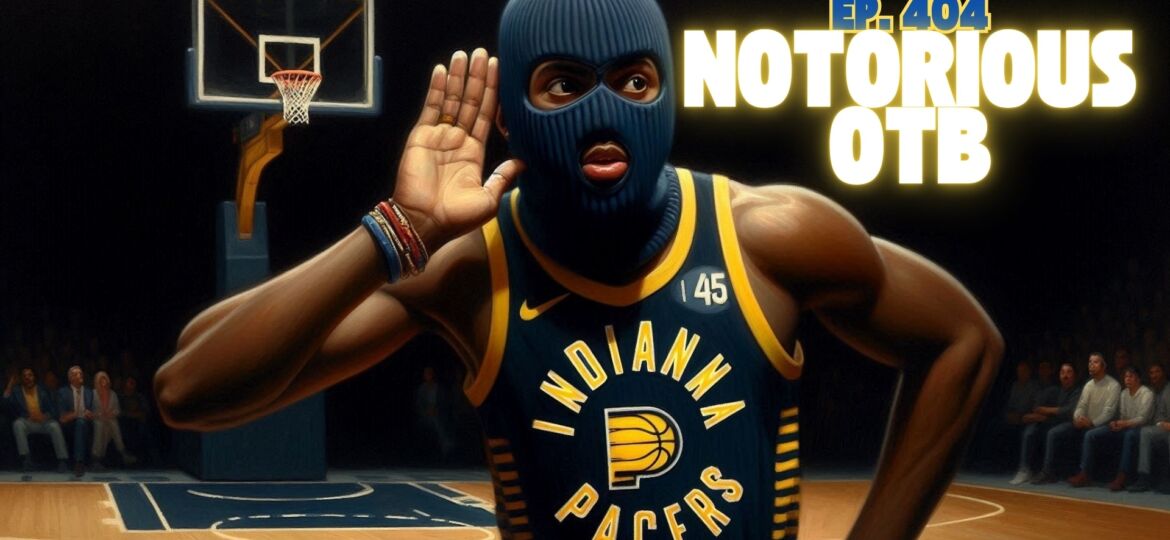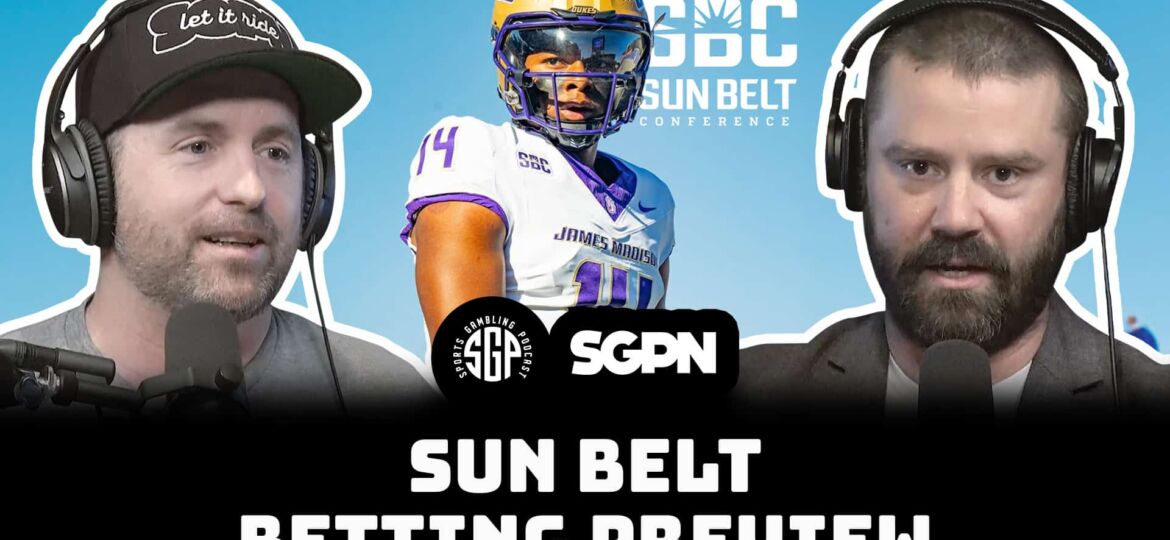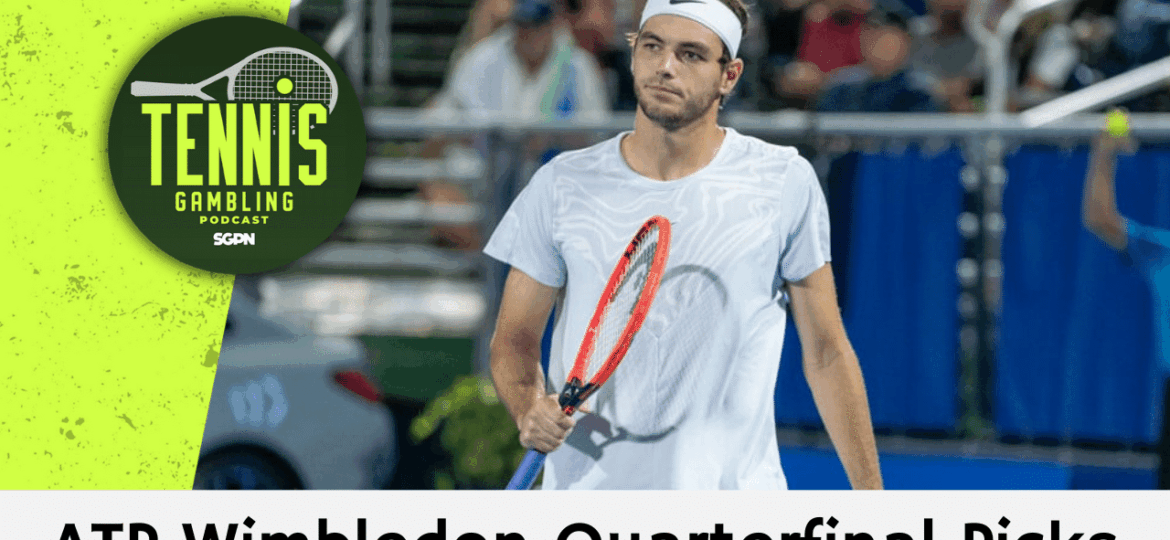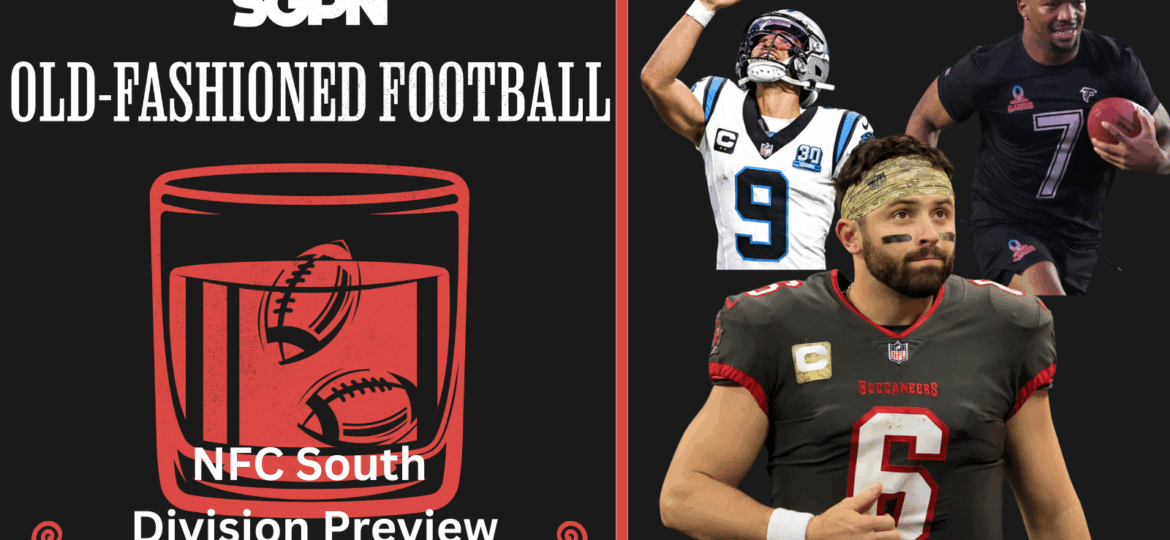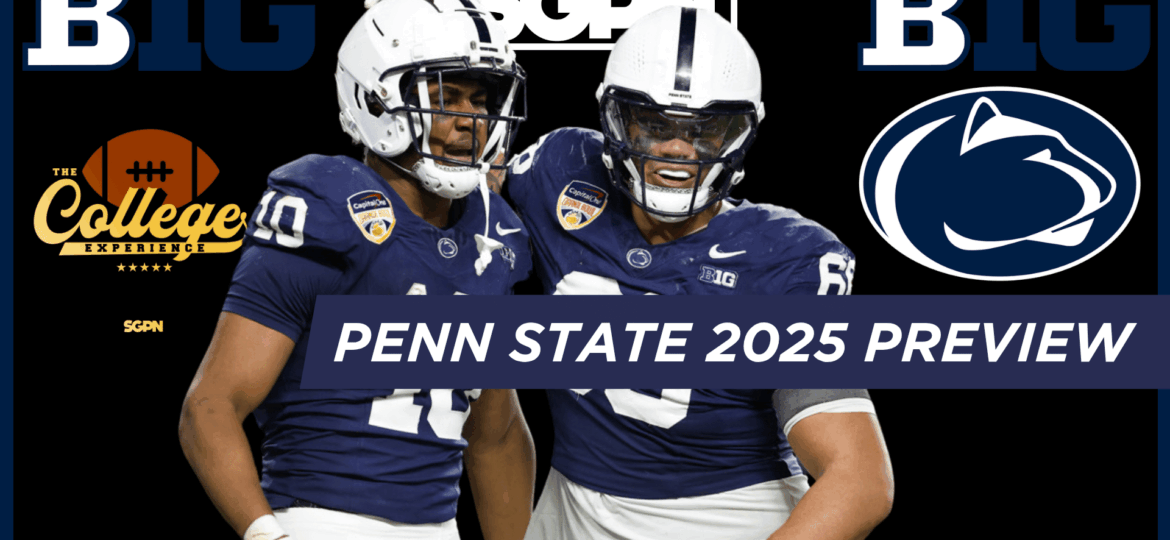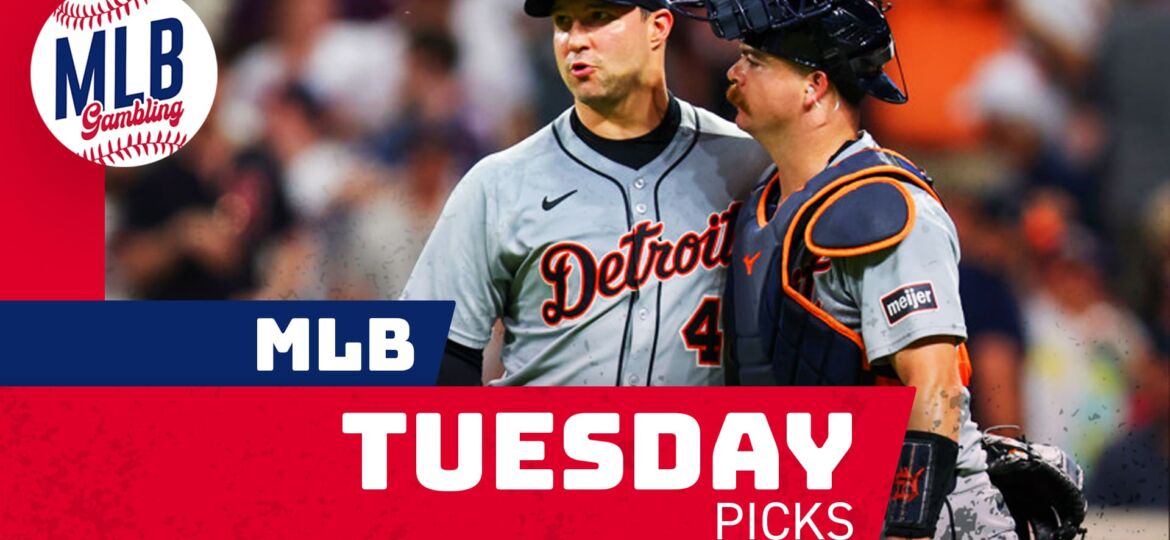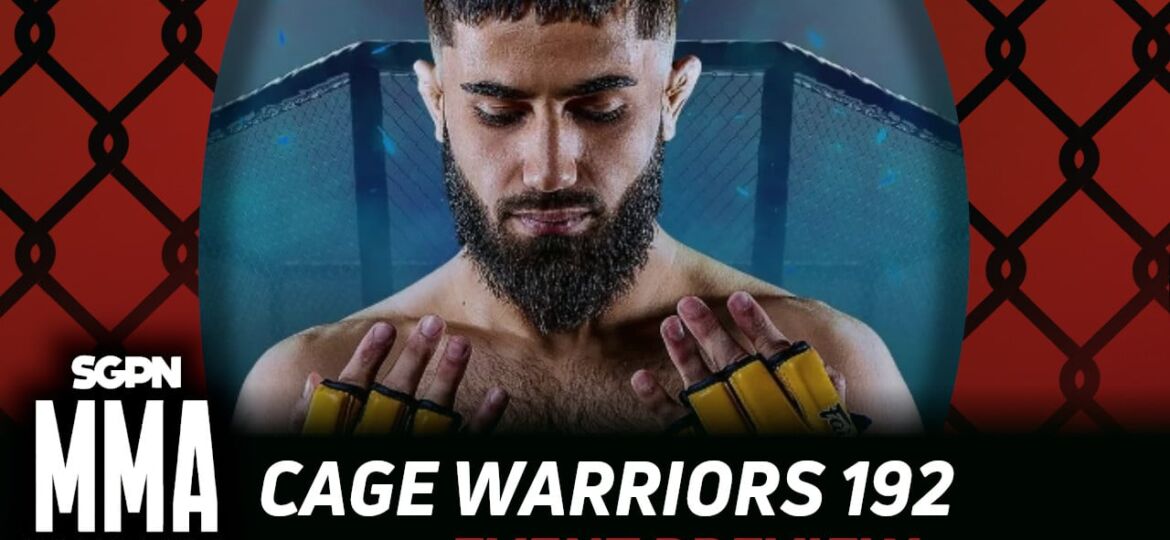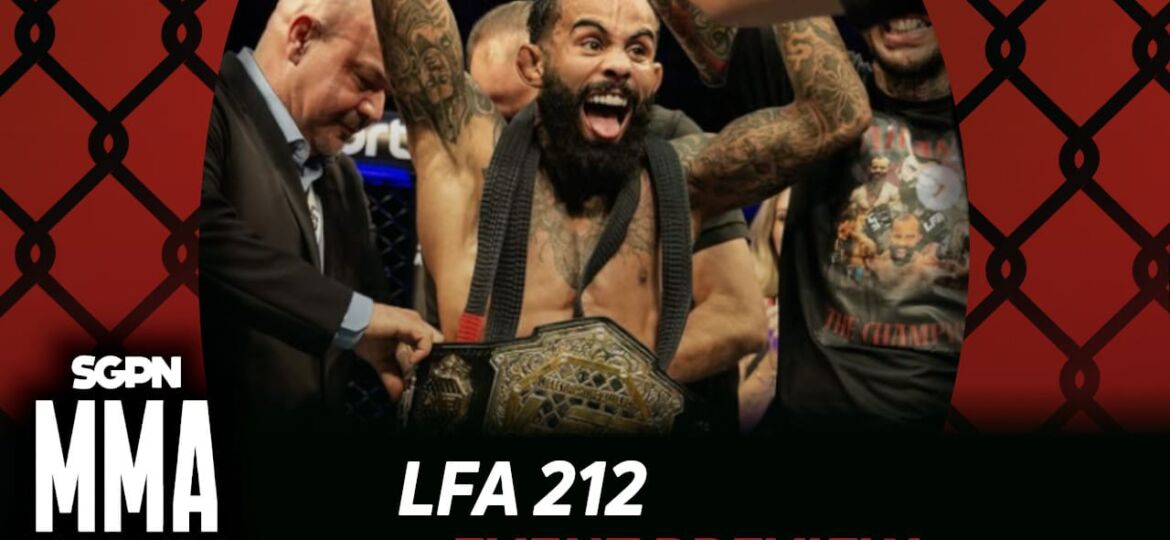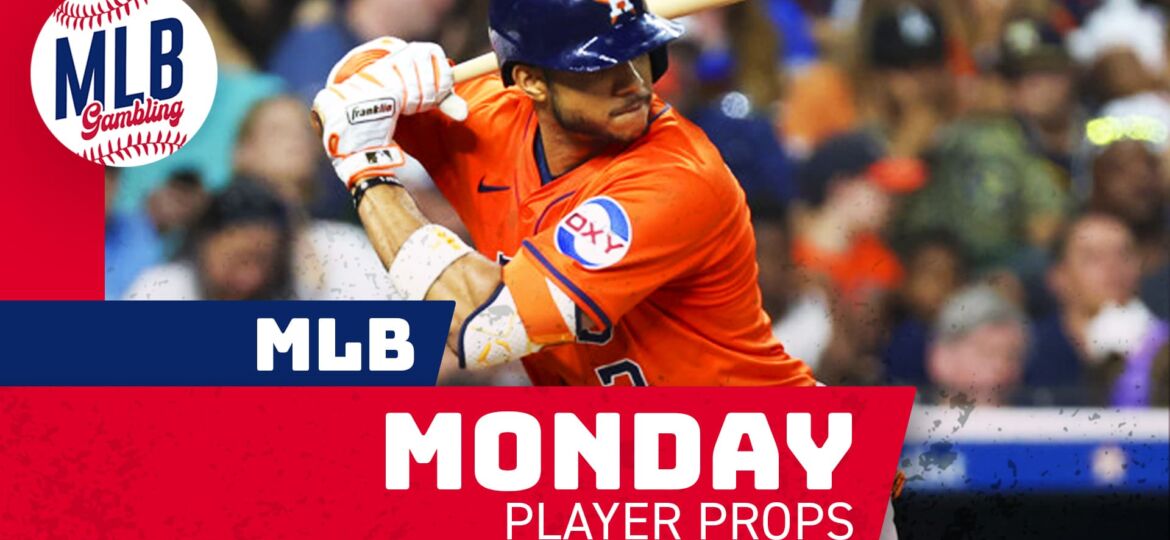After a weekend of shenanigans and debauchery at TPC Scottsdale, golf fans around the world will pick up all the empty beer cans strewn across their living room, put away the funnel and clean themselves off to prepare for a weekend at some of the most iconic and classic golf courses in America. The PGA Tour heads back to the Pacific Ocean to play the AT&T Pebble Beach Pro-Am in Monterey, California.
This tournament is one of the oldest on the schedule, first hosted by Bing Crosby in 1937 where he put up $10,000 of his own money so he and his Hollywood buddies could team with a professional for a whopping $500 first place price. The event became an official PGA Tour event in 1947 and is the most popular Pro-Am in the country.
The tournament is also special because the PGA Tour takes a break from its seemingly never-ending venues with 7,200+ yard scorecards. All three golf courses in the rotation of the AT&T Pebble Beach Pro-Am are less than 7,000 yards, making this one of the most wide open tournaments on the schedule as golfers from all walks of life are able to compete for the win.
Here’s a preview of the event to help you place your bets.
The Field
While the tournament this week will be held on one of the most special golf locales in the world, the field for the AT&T Pebble Beach Pro-Am, unfortunately, is anything but. It’s a top heavy field featuring some very big names, but mostly this field is full of relative journeymen looking to maintain their status on the PGA Tour, as well as most of the 2019 Korn Ferry Tour graduates who continue to jockey up and down the priority list to secure precious spots. With the Genesis Invitational and a WGC right around the corner, many top players are taking a much needed breather in their schedule this week.
Headlining the field this week are a pair of players flying in from Saudi Arabia in Dustin Johnson and Phil Mickelson. Both are multiple time champions of this event with a combined seven wins and are coming off impressive showings at the Saudi Arabia Open. The strong performance by Mickelson was a much needed one, who recorded his first Top 10 since winning this tournament last year and looks to keep the momentum going at a venue he has fantastic success at.
Other notables in the field include past champions Brandt Snedeker and Jordan Spieth, Patrick Cantlay, Jason Day, and Paul Casey.
Lastly, this is a Pro-Am that attracts a ton of celebrities and athletes to the proceedings. Notable celebrities and athletes playing this weekend include Peyton and Eli Manning, Larry Fitzgerald, Wayne Gretzky, Aaron Rodgers, Bill Murray, Tony Romo, Matt Ryan, Steve Young and Alfonso Ribeiro, which I’m going to set the over/under on “Times We See the Carlton on the Telecast” at 6.5.
Sadly, we’re no longer graced with the presence of The Boomer, who was normally good for a few embarrassing and humorous lowlights over the weekend:
(Side note – if there ever was such a thing as maintaining an 18 handicap for vanity purposes, Chris Berman would be the poster child).
The Golf Course
The AT&T Pebble Beach Pro-Am has the exact same format as the Desert Classic in Palm Beach, as all the players rotate to three golf courses in the area before the field is cut to the Top 65 and ties after the third round.
The most famous of the golf courses played in the rotation is Pebble Beach, one that is likely on the bucket list of every amateur golfer. The golf course was first designed by Jack Neville and Douglas Grant in 1919, and later revised by H. Chandler Egan, Alister McKenzie (who helped design another golf course you may have heard of – Augusta National) and even Jack Nicklaus when he redesigned the 5th hole in 1998.
Besides being a mainstay on the AT&T Pro-Am rotation, the golf course has hosted numerous major championships, as well as several USGA Amateur Championships. Jack Nicklaus won the 1961 US Amateur at Pebble Beach and ten years later won the first U.S. Open hosted there. Tiger Woods went completely berserk in 2000 at the U.S. Open, carding a winning score of -12 to win by an astronomical fifteen shots over runner up Miguel Angel Jimenez. Dustin Johnson blew a three shot lead here in 2010 to give Graeme McDowell his first and only major championship victory. More recently Pebble Beach played host to the 2019 U.S. Open, which was won by Gary Woodland.
While the entire golf course is breathtakingly beautiful, it’s the front nine that is the crown jewel of the property, specifically from holes 6-8. If you ask any golf fan what they know about Pebble Beach, this stretch of holes should immediately come to their mind:
6th Hole
7th Hole
8th Hole
Through the years viewers have seen two distinct setups of Pebble Beach. The USGA generally sets the golf course up to play very firm and fast with deep penal rough flanking the fairways. Their setups are primarily aided because of the overall lack of rain due to the climate of Central California in the summer months. The setup viewers will see this week, however, is much softer and slower because of the abundance of moisture seen in the area during the winter months. That makes the golf course play significantly easier.
While Pebble Beach grabs all the headlines, the other two golf courses in this event are pretty good in their own right. Monterey Peninsula Country Club was built in 1925, where its Shore Course has been a part of the tournament rotation since 2010:
11th Hole
After beginning the round inland, the golf course opens up to the coastline where the golfers can enjoy spectacular views of the Pacific. Unlike Pebble, the fairways of the golf course are almost serpentine from tee-to-green, setting up for some interesting angles into the green depending on the pin position of the day. The golf course can play tough if the winds are up, but historically this course plays as the easiest of the three in the tournament.
The last golf course (and the toughest of the tournament) is Spyglass Hill. Spyglass was built by Robert Trent Jones in 1966 and has been a part of the tournament rotation every year since 1978. The golf course was originally named Pebble Beach Pines Golf Club, but was renamed in 1969 after a reference to the book Treasure Island. Additionally, every hole on the golf course is named after a place or person in the book.
4th Hole
The round starts off with a bang as the first five holes have fantastic views of the ocean and surrounding sand dunes, most notably with the 4th hole that features a 55 yard long, 9 yard wide green. Mounds flanking the green makes it a little easier to funnel the ball onto the green, but anyone who hits it in regulation deserves to automatically move on to the final round. But after the first five holes the course moves inland and through the forest, which makes the rest of the round a little uninspired. This course is my least favorite of the three, which isn’t surprising as I’m not a big fan of much of the Jones Family Catalog of golf courses.
Still, this tournament boasts some of the most quality golf courses on the PGA Tour and is an absolute delight to see on the television screen. Unfortunately, CBS will do the best it can to ruin the telecast by turning away from the action so Jim Nantz can listen to Larry the Cable Guy crack the same tired jokes he’s said for the last decade. And that’s the reason why this tournament is one of the tougher ones to watch as a viewer. The combination of the worst production crew in golf and six hour rounds caused by the Pro-Am format makes the coverage feel like watching paint dry.
Despite a treasure trove of history on all three golf courses with some of the most picturesque views in golf, CBS insists on shoving post-round celebrity interviews down the viewers throats all weekend long and deprive us what we want most – covering the f***ing golf tournament! Every 15 minutes they’ll trot out Amanda Balionis to talk to Gary Mule Deer, or Alice Cooper, or whatever B-List celebrity looking for a bit of air time to have the same garbage interview we hear every year. Maybe that sort of thing appeals to an older demographic, but their approach at producing this tournament is woefully stale all weekend long. It’s a shame because Pebble Beach might be the greatest golf destination in the United States, and for the most part it’s wasted on fake Jim Nantz laughs from canned one-liners.
Sorry Clint Eastwood, I’d much rather hear about the intricacies of Pebble Beach on Sunday than listen to you make mundane chit chat with Nick Faldo for the entire Back Nine.
Betting Strategies
The last two tournaments had placed a greater emphasis on driving and performance off the tee, but with short yardages in this three golf course rotation tournament it’ll take a bit of a backseat. Pebble Beach, Spyglass and Monterey Peninsula are considered less-than-driver golf courses where taking an iron or fairway metal off the tee is more than enough club to put a golfer in good position for their approach shot. That’s a reason why it’s a little misleading to think driving accuracy is a strong indicator to performance on these golf courses, as that statistic on the PGA Tour is primarily a metric of how accurate a player is with a driver.
It also is shown when looking at the relative importance of skill sets for this event:
The skill set plot charts look pretty similar for both Pebble Beach and Monterey Peninsula in that there’s a de-emphasis in importance for performance off the tee than the average PGA Tour stop. Spyglass Hill places a much greater emphasis on driving distance and much less on accuracy than the other two golf courses, however with only one round played there by each player it’s not a material factor to weigh into your decisions this week. But what is unanimously shown on all three golf courses is that iron play, scrambling and putting are very important factors to success for this tournament. These are the areas bettors should focus in on when making their decisions this week.
Sifting through the field to find good scramblers and putters isn’t too difficult. While there’s a lot of short term volatility measuring performance, over the long run players are either good or bad in these two departments. What’s tough about finding good iron players, however, is that there are a lot of really bad players who rank poorly in these areas during the season that find themselves at the top of the leaderboard anyways. Just looking at how golfers rank historically in proximity stats or strokes gained stats isn’t enough. Bettors will have to look at more recent trends to find below average players who are heating up with their irons.
All three golf courses feature small, poa annua greens that typically run fairly slow on the stimpmeter. Therefore, target players with good histories on less-than-driver golf courses, poa annua golf courses, and golf courses with small and slow greens. Weather can also sometimes be a factor with the unpredictability of being located on the coast, so check the weather forecasts for any signs of rain or wind. As of right now, there doesn’t look like there’s any rain in the forecast for the tournament, so the golf course could play a little firm and faster than it did last year. There is a risk for moderate winds on Saturday and Sunday, and performance in windy conditions may also be an area bettors should consider before making picks. It also may put a greater emphasis on scrambling as the conditions will yield less greens hit in regulation.




